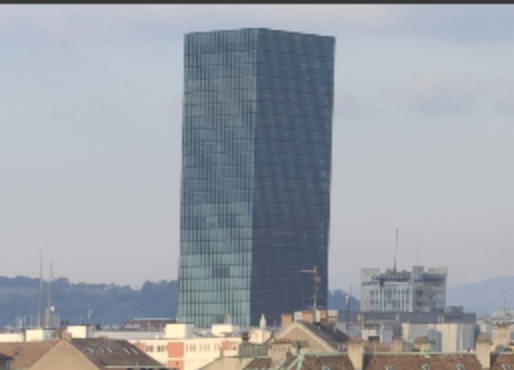With my 2019 iMac with 5K screen, I notice that I can get moire while displaying certain structures. Moire pattern changes according to zoom level… While moire can occur under these circumstances, I’ve never/hardly noticed it before on my previous screen (2.5k)

Moiré is frequency dependent and can just as likely happen on a high resolution screen than a low resolution one. It all depends on the ratio of pixels per inch of the screen with the ratio of some repeating structure in the image, as well as the zoom level. There isn’t a software in the world that is immune from it.
A very good and understandable explanation and all this in 3 lines, absolutely perfect
I have the same in the other way around.
4k pixel amount displayed on FHD.
Zoom in and it’s gone.
Pixels patern changes in size and the software has less thrown away 1:1
You can try if exporting 1:1 resolution helps and if resolution is lower then output, no upscaling.
This way the screendriver doesn’t create or discared pixels which can cause wrong paterns showing/ endorsing moiré.
But as said it’s not avoidable for 100%. Just change resolution a bit to turn away from the moiré point (ratio). Turn down sharpening as clearview can help too.
I can live with the screen moire, provided that there is no moire in output files: as long as on-screen-moire changes with zoom, it is probably not in the source image…
The only reliable way I know to avoid moiré is to shoot on film and wet print in a darkroom. As long as you have a digital file, with a regular grid of pixels, moiré is going to be inevitable with certain grid-like subjects, at certain zoom levels. And, yes, it is possible that it is in the original file but it would take a fairly fine-grained structure to provoke it.